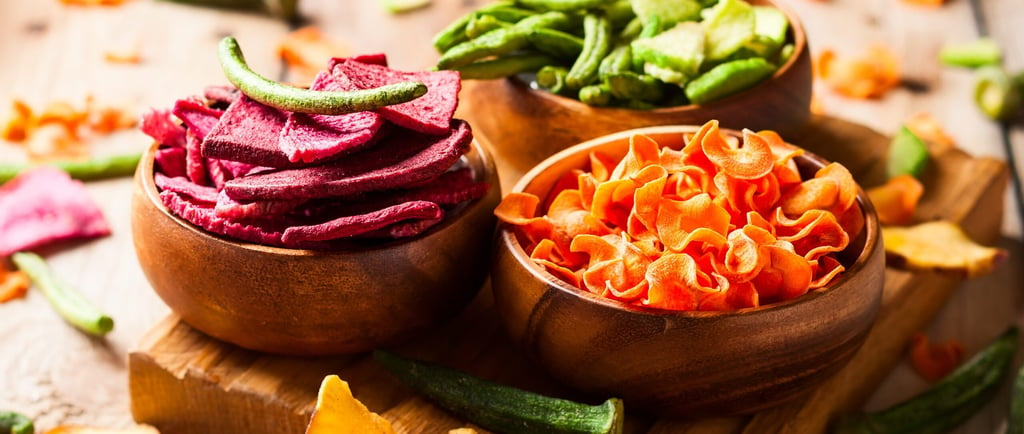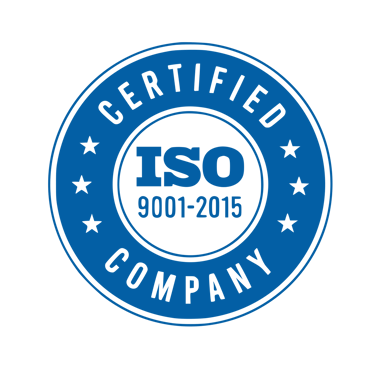Check out our new Substack, Merchandise Trade With Legion
How to Import Dehydrated Vegetables and Flowers from India?
Importing dehydrated vegetables and flowers from India offers a profitable opportunity due to India’s diverse agricultural output, competitive prices, and export-friendly policies. This comprehensive guide explores everything you need to know about the process—key products, finding suppliers, regulatory requirements, cost estimation, shipping, customs clearance, and building long-term partnerships.
ENGLISH
4 min read


India is a leading exporter of agricultural products, including dehydrated vegetables like onions, garlic, chilies, and a variety of flowers such as roses and marigolds. These products are sought after globally due to their long shelf life, ease of transportation, and suitability for industries like food processing, cosmetics, and aromatherapy. However, importing such products requires an understanding of the legal and logistical requirements, cost considerations, and market trends.
This blog provides a step-by-step guide to help you smoothly import dehydrated vegetables and flowers from India.
Why Import Dehydrated Vegetables and Flowers?
The global demand for dehydrated foods and flowers has grown significantly, especially in the food processing, health, and wellness sectors. Below are the key benefits of importing these products from India:
Long Shelf Life: Dehydrated products can last for months or even years without refrigeration.
Lightweight & Convenient: Easier and cheaper to transport than fresh produce.
High Quality: India produces premium varieties of onions, garlic, roses, and more.
Cost-Effective: Competitive pricing due to India’s low production costs.
Versatility: These products are used in multiple industries, from food processing to cosmetics and herbal products.
Key Dehydrated Products to Import from India
India offers a wide variety of dehydrated vegetables and flowers. Below are some of the most in-demand products:
Dehydrated Vegetables
Onion Flakes and Powder: Widely used in packaged foods, soups, and sauces.
Garlic Powder: Popular in seasoning blends and processed foods.
Dried Chilies: Used in spice mixes, oils, and food preparations.
Dehydrated Spinach and Tomato: Found in soups, powders, and ready-made meals.
Dehydrated Flowers
Roses: Used in perfumes, herbal teas, and skincare products.
Marigolds: Used in dyes, cosmetics, and religious ceremonies.
Lavender and Jasmine: Commonly used in aromatherapy oils and cosmetics.
Hibiscus: Popular in herbal teas and health supplements.
How to Find Reliable Suppliers in India
Choosing the right supplier is a crucial part of the import process. Here are some ways to find trustworthy suppliers:
Online Platforms: Use directories such as IndiaMART, TradeIndia, and Alibaba to connect with manufacturers and exporters.
Certifications and Quality Control: Ensure suppliers have essential certifications like FSSAI, ISO, and HACCP to verify product quality.
Trade Fairs and Expos: Attending events like IndusFood gives you direct access to suppliers and helps you evaluate product quality firsthand.
Request Samples: Always ask for product samples to test the quality before committing to bulk purchases.
Import Regulations and Documentation Requirements
Understanding import regulations is key to avoiding delays or penalties at customs. Below are the main regulatory requirements:
Import-Export Code (IEC): You need an IEC to import products from India. This code is issued by your country’s trade authority.
Phytosanitary Certificate: Ensures that the products meet international plant health standards.
Certificate of Origin: Confirms that the goods are produced in India and may be required for duty exemptions under trade agreements.
Product Labeling: Ensure the packaging complies with your country’s labeling standards, especially for food products.
If importing to East Africa, the products must meet EAC (East African Community) packaging and labeling requirements.
Estimating the Total Cost of Import
To plan your finances effectively, it’s important to understand the various costs involved in importing. Here’s a breakdown of the key costs:
Product Cost: This is the price charged by the supplier (usually per kilogram or ton).
Freight Costs: Shipping costs vary depending on whether you choose air freight or sea freight.
Customs Duties & Taxes: Calculate applicable tariffs and surcharges. Some countries may offer reduced duties under trade agreements.
Insurance: Freight insurance covers any damage or loss during transportation.
Handling & Logistics: This includes warehouse storage, transportation within the port, and other handling charges.
Agent Fees: If you use an import agent, factor in their service fees.
Shipping Options: Air Freight vs. Sea Freight
Choosing the right shipping method is crucial for timely and cost-effective imports.
Air Freight
Ideal for: Small, high-value shipments like herbal flowers.
Advantages: Fast delivery (usually within 2-5 days).
Disadvantages: Higher costs compared to sea freight.
Sea Freight
Ideal for: Large shipments of dehydrated vegetables.
Advantages: Cost-effective for bulk imports.
Disadvantages: Slower delivery times (2-4 weeks).
Incoterms to Consider:
Select appropriate Incoterms (International Commercial Terms) to define the responsibilities of the buyer and seller during the shipping process. Common Incoterms include:
FOB (Free on Board): The seller is responsible until the goods are loaded onto the shipping vessel.
CIF (Cost, Insurance, and Freight): The seller covers the cost of goods, insurance, and freight to the buyer’s port.
Customs Clearance Process
Smooth customs clearance is essential for timely delivery of your products. Below are the steps involved:
Documentation: Prepare and submit the following:
Invoice and packing list
Phytosanitary Certificate
Bill of Lading or Airway Bill
Certificate of Origin
Inspection: Customs officials may inspect the goods to ensure compliance with regulations.
Clearing Agent: Hiring a professional clearing agent can streamline the customs process and avoid delays.
Payment of Duties and Taxes: Make sure all import duties, taxes, and surcharges are paid to release the goods.
Building Long-Term Supplier Relationships
Establishing a good relationship with your suppliers can benefit your business in the long run. Here are some tips:
Clear Communication: Regular communication ensures both parties are aligned on quality and timelines.
Bulk Orders: Negotiating bulk orders can help you secure better prices.
Supplier Visits: Visiting your supplier’s facilities builds trust and helps you understand their production processes.
Feedback Loop: Providing feedback on product quality encourages improvements and strengthens the relationship.
Conclusion
Importing dehydrated vegetables and flowers from India can be a profitable venture if you plan effectively and follow the necessary steps. From identifying the right products and suppliers to navigating customs and shipping logistics, every step plays a role in ensuring a smooth and successful import process.
With India’s vast agricultural output, competitive prices, and high-quality products, you have access to a reliable supply chain that can meet your business needs. By following this guide, you can confidently import dehydrated vegetables and flowers and explore opportunities in the growing global market.
FAQs
1. Do I need a specific license to import dehydrated vegetables and flowers?
Yes, you need an Import-Export Code (IEC) and other certifications based on your country’s regulations.
2. Can I import small quantities for trial purposes?
Yes, many suppliers offer smaller sample shipments, especially for new buyers.
3. What is the typical delivery time for sea freight from India?
Sea freight from India generally takes 2 to 4 weeks, depending on the destination.
4. How can I ensure product quality?
Ask for product samples and request certifications like ISO or FSSAI from your suppliers.

